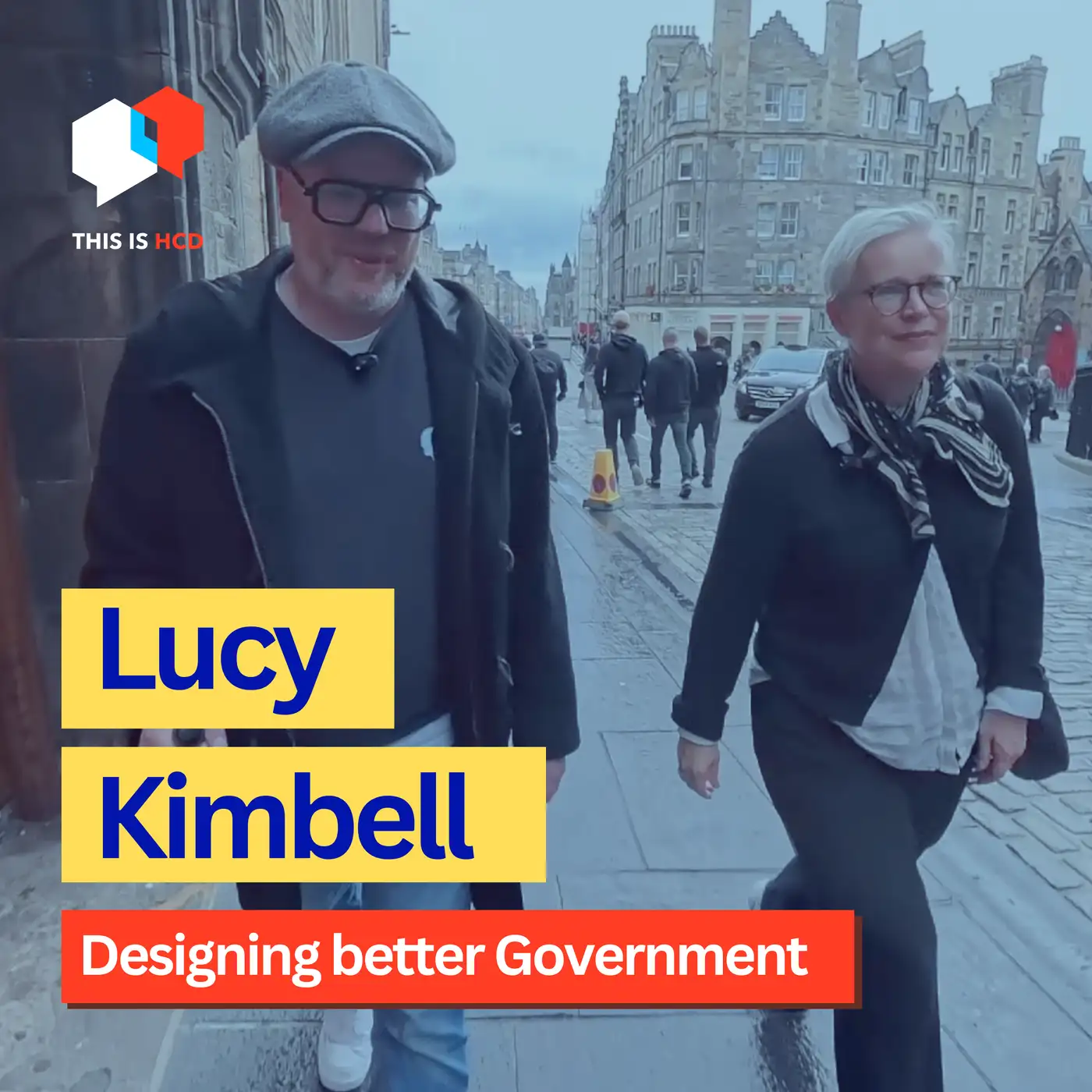🎉 Gerry Scullion is writing a new book 'This is Human Centered Design' with BIS Publishers. Want to get early access, share your feedback, and submit a case study to be featured in the book?
In this exclusive interview, dive deep into the realm of service design with Patrick, co-author of "Orchestrating Experiences" and a key figure at Harmonic. From the early days of Adaptive Path to the rise of service design as a strategic force, Patrick reveals the nuances of running a successful design studio, Harmonic Design. Discover the significance of staying true to one's purpose amidst rapid change, the importance of self-care in the entrepreneurial journey, and the diverse applications of service design in today's organizations. Whether you're a seasoned design enthusiast or just starting out, this chat offers rich insights into creating impact in the world of design.
▶️ WATCH this episode https://youtu.be/R5-ScVmjbLA
This transcript was created using the awesome, Descript. It may contain minor errors.
Here's our last three episodes from This is HCD.


